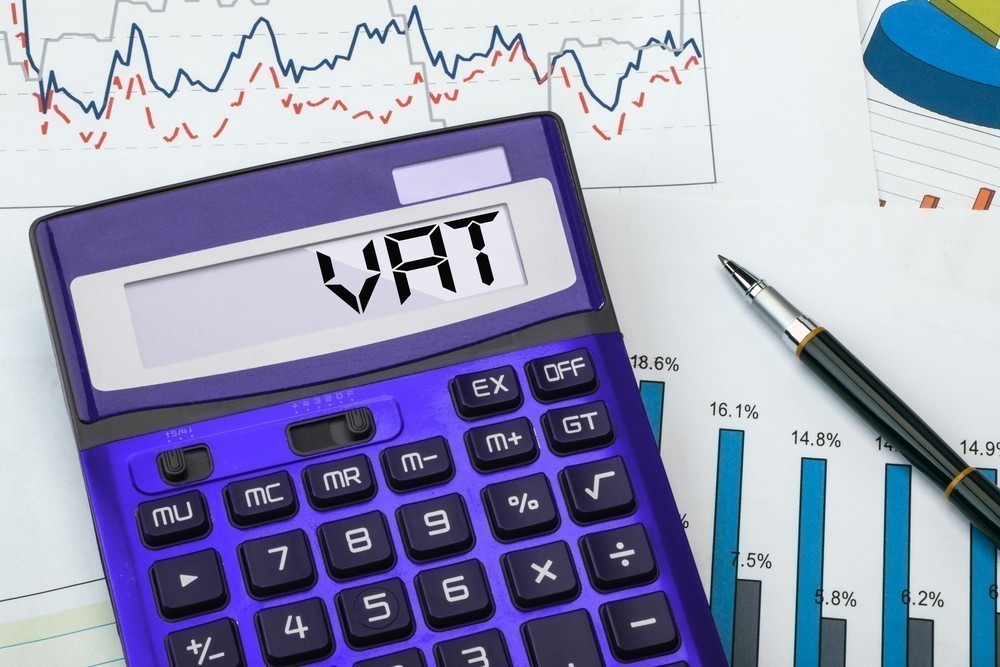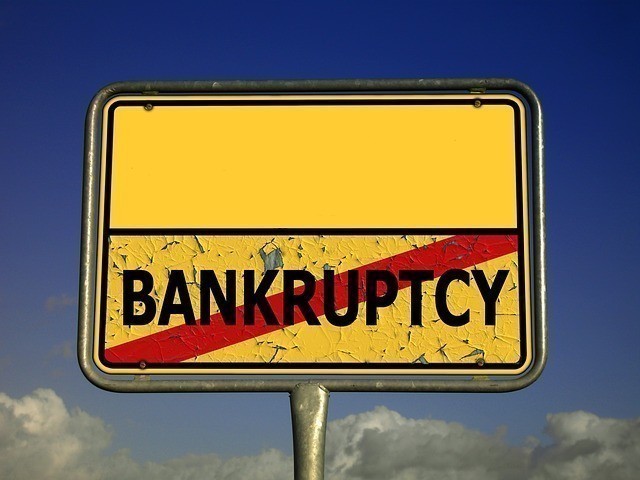The European Union has let out a list of 17 countries in Non-cooperative Tax Jurisdictions on 5th December 2017 that has been identified for its failure in setting up god tax governance. This list features Bahrain and the UAE which have been named as non-cooperative tax jurisdictions.
The other member countries of GCC do not appear in the list, and the countries of Oman and Jordan have given commitments to the EU and Oman has committed to introducing more transparency and Jordan has committed to
No other states within the GCC appear on the list, although Oman and Jordan have made commitments to the EU. Specifically, Oman has committed to improving transparency standards about taxation, and Jordan has stated it will improve fair taxation and has committed to apply the Organization for Economic Co-Operation and Development’s (“OECD”) Base Erosion and Profit Shifting (“BEPS”) measures.
Why is there a list?
The EU has adopted this approach to reorganizing its approach to countries outside the EU regarding the tax practices, and the list is the result of EU Commission’s 2016 External Strategy for Effective Taxation. The strategy was to analyze the good governance criteria and of structuring a process for assessing foreign countries. Before this list, the EU Member countries had their independent approach for overseas entities resulting in a conflicting situation.
Meaning of Non-cooperative jurisdiction:
The countries that are zoned in the area of non-cooperative jurisdiction are the direct result of the assessment that has been performing background checks from September 2016. The checkpoints for this evaluation were:
- Compliance with international standards on the automatic exchange of information and information exchange on request;
- Ratification of the OECD’s multilateral convention to implement tax treaty-related measures to prevent BEPS, or in the alternative, bilateral agreements with all 28 EU Member States;
- Compliance with tax regimes with the EU’s Code of Conduct or OECD’s Forum on Harmful Tax Practices;
- Commitment to the OECD’s BEPS standards;
The after effects of this listing:
Presently, the EU has detailed that the practical effect of the list is that any funds from the;
- European Fund for Sustainable Development (EFSD),
- The European Fund for Strategic Investment (EFSI), and
- The External Lending Mandate (ELM) cannot be channeled through any financial bodies in any of the 17 listed countries.
Nonetheless, it would appear that direct funding to the countries will be permitted by the European Union.
The next course of action:
While there are no existing EU taxation sanctions for the listed countries, the EU will lean on other legislative measures, such as the EU’s Country-by-Country reporting proposal, whereby it is proposed that there will be severer reporting necessities for global bodies with undertakings in listed countries.
Furthermore, EU is keen on motivating its Member States to agree on a synchronized sanctions approach that applies on a domestic level against listed countries. It is expected that the EU will provide a binding proposal to sanctions against the listed States in 2018.
How may this affect the global entities operating in the listed countries?
The practical effect of this listing at this stage is appearing to be limited to those entities that receive, or relay EU funding, through EFSD, EFSI, or ELM and not for other international entities. These stringent measures are the first hands-on approach to the EU’s proposal for better governance of global taxation regimes.
On the other hand, entities and individuals functioning in the UAE and Bahrain must be aware of the recent listing by the EU and the intent of the EU to increase monitoring and have stringent auditing measures against those operating in the listed countries.
The EU has also detailed its purpose of introducing clearer reporting requirements for those entities with activities in the listed countries. It appears that the EU means to impose automatic reporting of tax schemes transmitted through the EU Member States.
As the dawn of 2018 approaches, the EU is likely to introduce stringent remedial measures against listed countries such as documentation requirements, anti-abuse provisions, and withholding taxes.




























